Introduction
The company started in a small scale in 1943. Ingvar Kamprad is the founder of IKEA. The Acronym of the company is the initials of his name, the name of his hometown and his village. IKEA is a leading brand in furniture sales across Europe.
The company produces self-assembled furniture. The company had 130,000 employees in 2010 and 345 regions stores. IKEA is a multinational corporation. The headquarters is in the Netherlands. Its revenue rose to $28 billion in 2010.
IKEA manufactures home designs at low cost.
Recommendations
IKEA will capture global markets using online shopping. This market strategy will strengthen its regional sales.
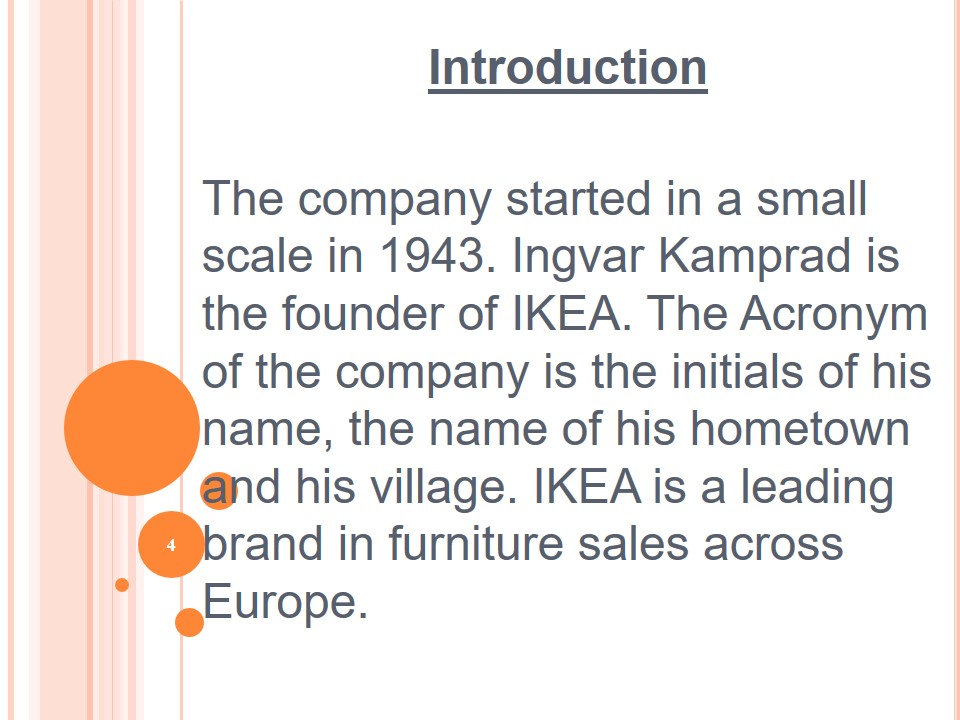
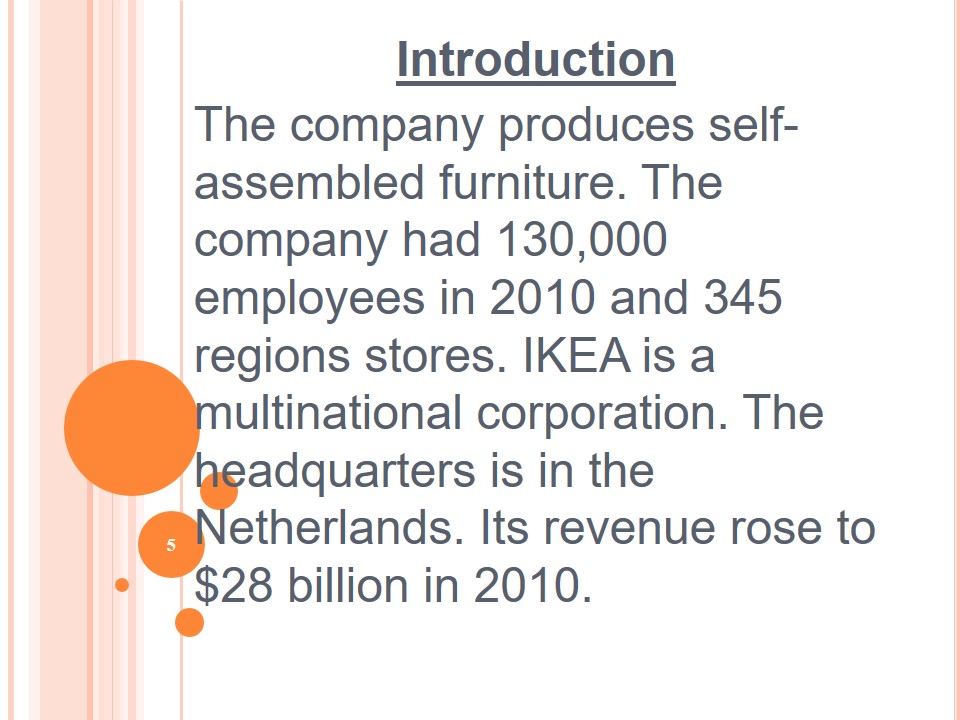
Mission statement
IKEA’s vision is to produce quality low-cost products. The products will be durable, and has excellent design.
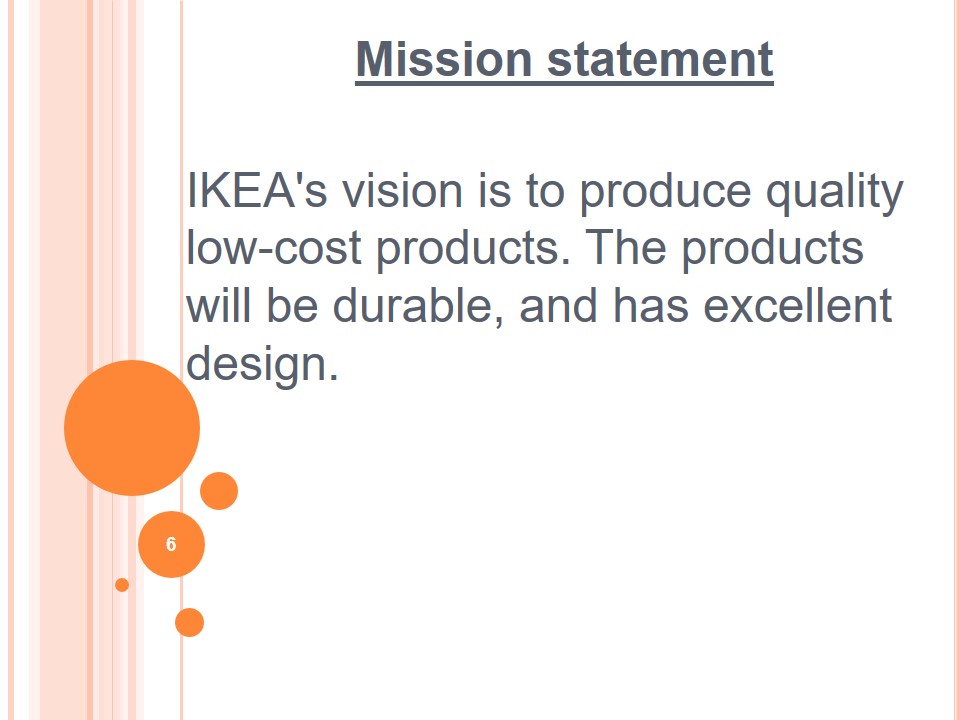
Product and services
Breakdown of IKEA’s products:
- Regional sales:
- Europe = 85%.
- North America = 17%.
- Asia and Australia = 4%.
- Countries:
- USA = 9%,
- France = 11%,
- Britain = 14%,
- Germany = 23%,
- Sweden = 10.6%.
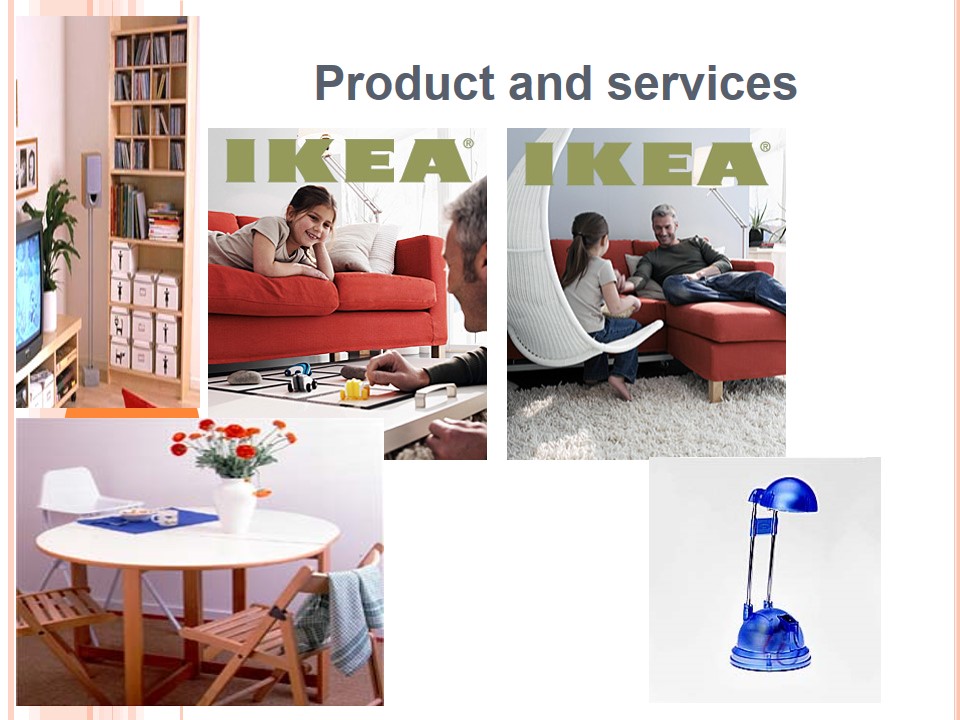

Market strategy
The company relies on market segmentation to improve their sales. The target markets cut across all ages (Beard 12). Advanced countries are potential customers. The emerging market in China is a boost for the company (Festinger 56).
SWOT Analysis
- Strengths:
- Brand Differentiation;
- Strong Capital base;
- Market Strategy;
- Low-cost of raw materials and products.
- Weakness:
- Competitors are few;
- Outsourcing raw materials.
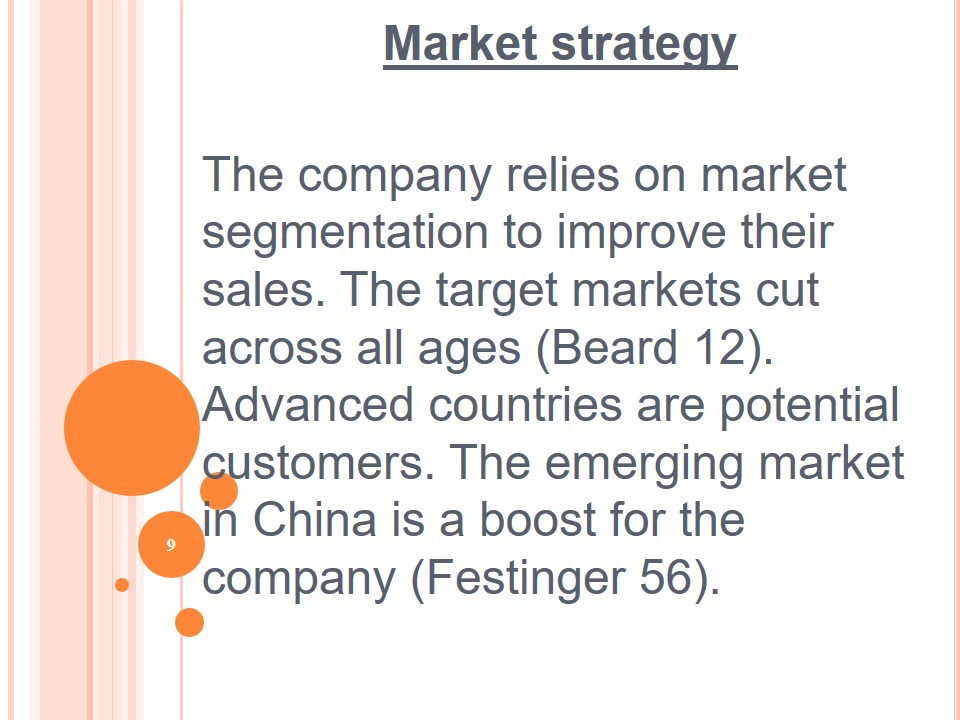
Competitive advantage
Branding
Brand differentiation is a competitive advantage for the company (Aronson and Judson 179).
IKEA’s products can be assembled at home (Axsom 113).
The products are delivered on purchases, thus allowing the customer to save cost (Dittmar 3).
The designs are distinct.
The supply chain for its products is flexible.
The brand name encourages potential clients(Feather 34).
SWOT Analysis
- Opportunity:
- Emerging markets in china;
- Production of carpets.
- Threats:
- Technology;
- Competitors;
- Modern fashion.
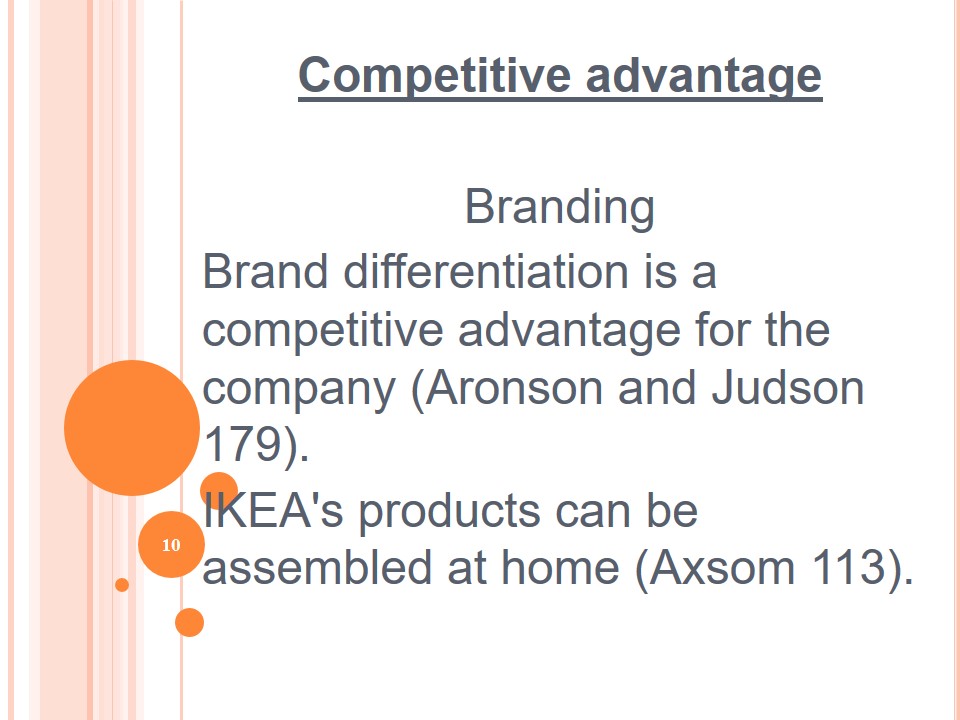
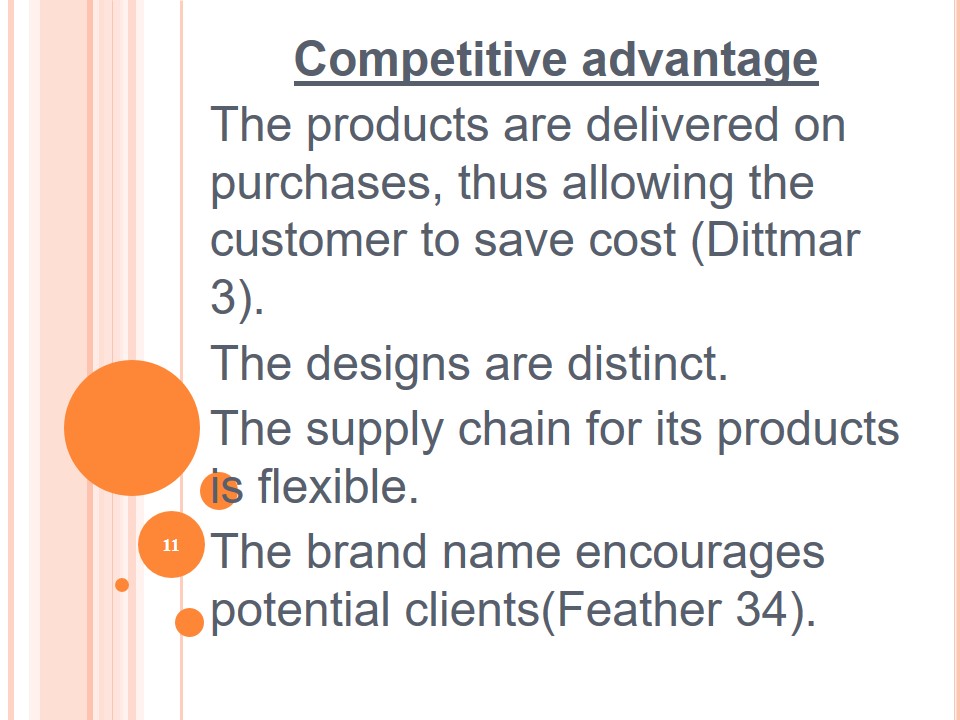
Conclusion
The emerging market of China is a major boost for the company.
Ikea’s target market is the middles-class and this population is a characteristic feature in the emerging markets across Europe and China (Boscor and Bratucu 34).
The low cost of production is the natural competitive strategy of the company.
To stay afloat, the company should expand its resources from emerging markets.
Recommendations
IKEA will capture global markets using online shopping. This market strategy will strengthen its regional sales.
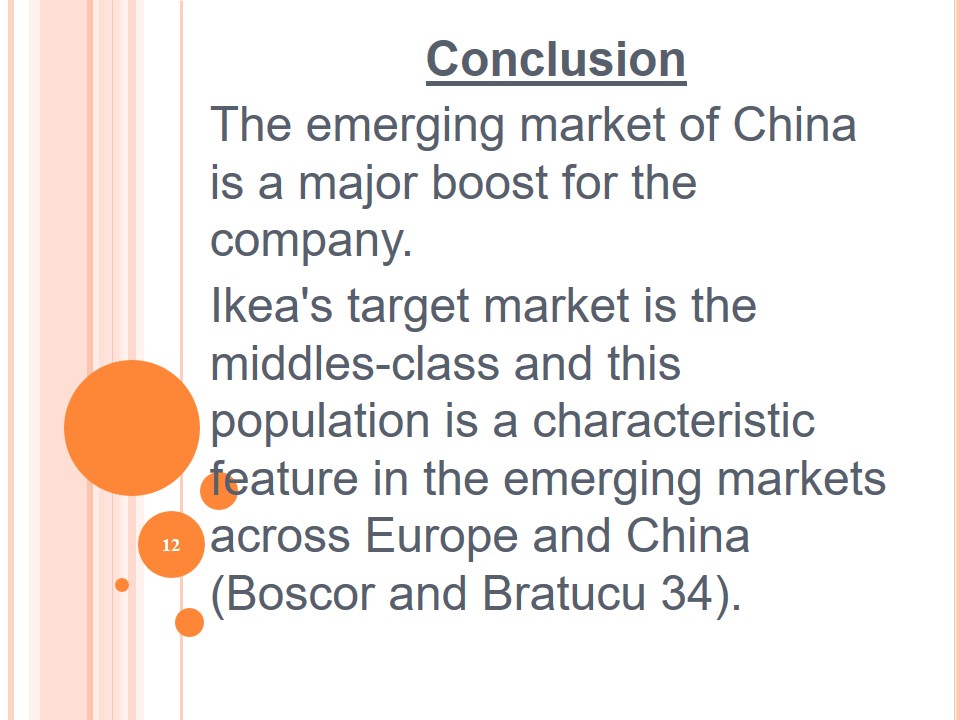
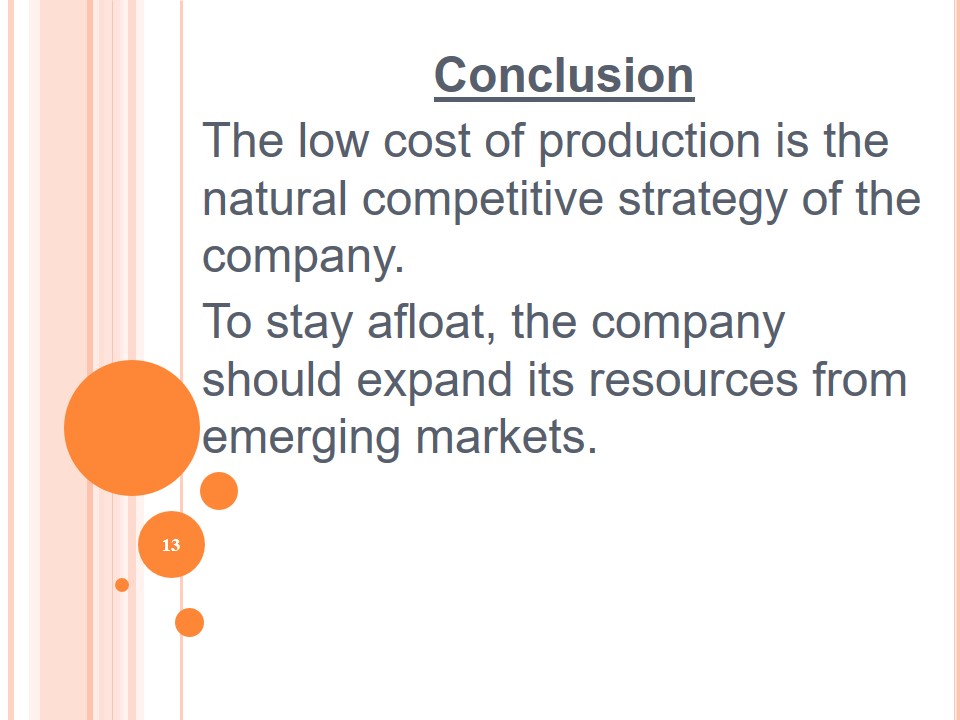
Works Cited
Aronson, Elliot, and M. Judson. The Effects of Severity of Initiation on Liking for a Group. Journal of Abnormal and Social Psychology, 59, 177-81, 1959. Web.
Axsom, Danny. Cognitive Dissonance and Behavior Change in Psychotherapy. Journal of Experimental Social Psychology, 21, 234-52, 1989. Web.
Beard, Betty. IKEA Facing Competition on Furniture Row, Arizona Business Gazettes, 2006. Print.
Boscor, Dana, and G. Bratucu. Transnational Strategies Adopted by Furniture Manufactures-Case Study: IKEA. ProLigno, 2000. Print.
Dittmar, Helga. The Social Psychology of Material Possessions: To Have Is To Be. New York: St. Martin’s Press, 1992. Print.
Feather, Norman. The Psychological Impact of Unemployment. New York: Springer Verlag, 1990. Print.
Festinger, Leon. A Theory of Cognitive Dissonance. Stanford, CA: Stanford University Press, 1957. Print.